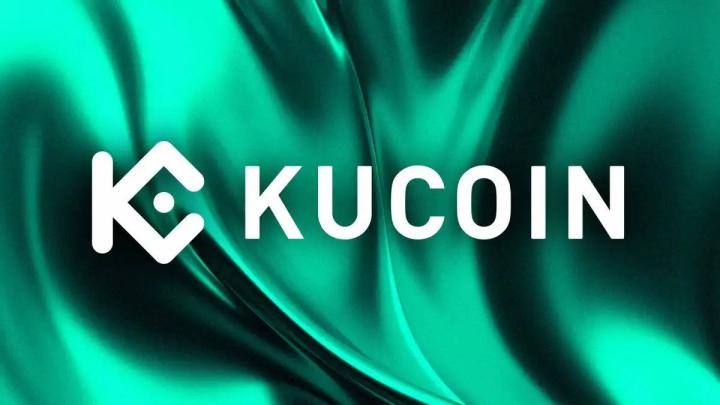Chainfeeds Introduction:
The real innovation lies not in the destruction itself, but in the continuity and transparency of the destruction.
Article Source:
https://www.techflowpost.com/article/detail_28343.html
Article author:
Polaris
Viewpoint:
Polaris: Exchange buyback and burn mechanisms are nothing new. Long before they attracted mainstream attention, these practices have been quietly operating for years, continuously shaping supply and demand. Nearly all major centralized exchanges (CEXs), including Binance (BNB), OKX (OKB), Gate (GT), KuCoin (KCS), and MEXC (MX), have implemented some form of token burn program over the past five years or more. However, the presentation of these mechanisms is shifting. Take Hyperliquid (HYPE), for example. Unlike traditional CEXs, which hide burns in the fine print, they have made buybacks and burns a core part of their token strategy, transforming them from a background function into a prominent feature and operating them continuously and publicly as part of their treasury management. This positioning sets a new standard of transparency for the industry and makes burn mechanisms appear refreshingly new. In contrast, established exchanges, while still conducting burns, have never been as actively marketed or tightly tied to treasury operations. Ultimately, token burn is a means of value transfer, revealing three key insights: first, how the exchange aligns token supply with its business model; second, which levers drive scarcity (profit, formula, or governance); and third, how credibility is built or lost over time. Furthermore, the burn mechanism also serves as an inflation control tool, offsetting the dilution pressures associated with token unlocking or issuance. The key question is no longer whether a burn occurs, but whether it is sustainable and provides sufficient transparency to token holders. When analyzing exchange tokens, the burn model is a key consideration, as it determines the difference between scarcity, predictability, and trust. Currently, CEX token burn plans fall roughly into three categories: first, profit- or revenue-linked, such as Gate, KuCoin, and MEXC. These models typically allocate a fixed percentage of revenue to buybacks and burns, resulting in a predictable and auditable cadence. Second, formula- or funding-driven, such as Binance, OKX, and Bitget, offer larger scale but are less correlated with business health and lack transparency. Third, governance-driven, such as Bybit and HTX, rely on token holders to vote on the burn schedule. While this decentralizes control, it introduces political and execution risks. These mechanisms have evolved over time. For example, Binance shifted from its initial profit-linked model to an automatic burn mechanism based on price and block count, supplemented by BEP-95 gas fee burns. This move mitigated securitization risks from a regulatory perspective, but the frequent changes in the mechanism created market uncertainty. Meanwhile, other exchanges have also been updating their status: KuCoin adjusted its burn schedule to a monthly schedule to improve transparency; Gate has maintained a stable 20% profit distribution since 2019. It's important to note that buybacks in traditional finance have long been subject to SEC scrutiny, raising concerns about market manipulation, insider interests, and insufficient disclosure. However, token burns, as a crypto-version of buybacks, lack legal protections, necessitating even greater design considerations for both economics and compliance. Generally speaking, profit-linked models are closest to traditional buybacks and therefore present the highest regulatory risk. Formula-driven automatic burns, on the other hand, are more easily defended as mechanical, decoupled from revenue, and less likely to be deemed securities. A review of the practices of major exchanges reveals three particularly striking trends: first, scale and opacity. For example, Binance boasts the industry's largest burn (approximately $1 billion per quarter), but frequent rule changes undermine transparency. Second, a stable profit-linked cadence. For example, Gate maintains a long-standing 20% profit distribution, MEXC 40%, and KuCoin 10%. These models are more predictable and reflect the health of the companies. Third, governance risks for new entrants. For example, Bitget once burned $5 billion at once, with a target of 95%, but the cadence remains to be verified. Mantle relies on a DAO for control. Overall, supply reductions range from approximately 30% on Binance to approximately 93% on OKX. However, the market is focused not only on the percentage but also on the sustainability and predictability of the cadence. Regular and stable burns build trust, while sudden, large burns without consistency can easily become a gimmick. On a regulatory level, profit-linked models offer greater transparency but carry greater compliance risks, while formula-driven mechanisms offer stronger compliance but lower transparency. Ultimately, our overall view is that consistency is more important than scale, as the market rewards repeatable rules. Profit-linked models are optimal, reflecting the performance of exchanges and providing clear evaluation criteria. Large burns themselves are merely marketing cues; lacking consistency makes it difficult to build long-term trust. Hyperliquid, in particular, has redefined industry expectations by embracing its burn mechanism as a visible, recurring fiscal management function. This means that scarcity alone will no longer be sufficient to support token value. Regular, clear, and consistent scarcity aligned with exchange economics will be the true moat for exchange tokens.
Content Source






